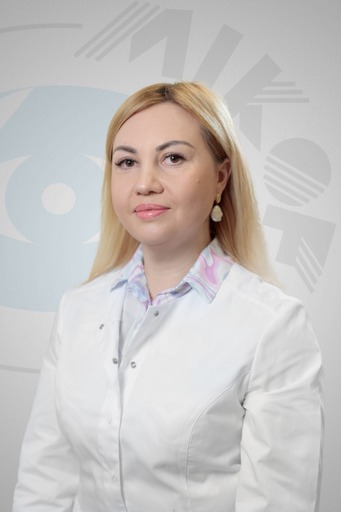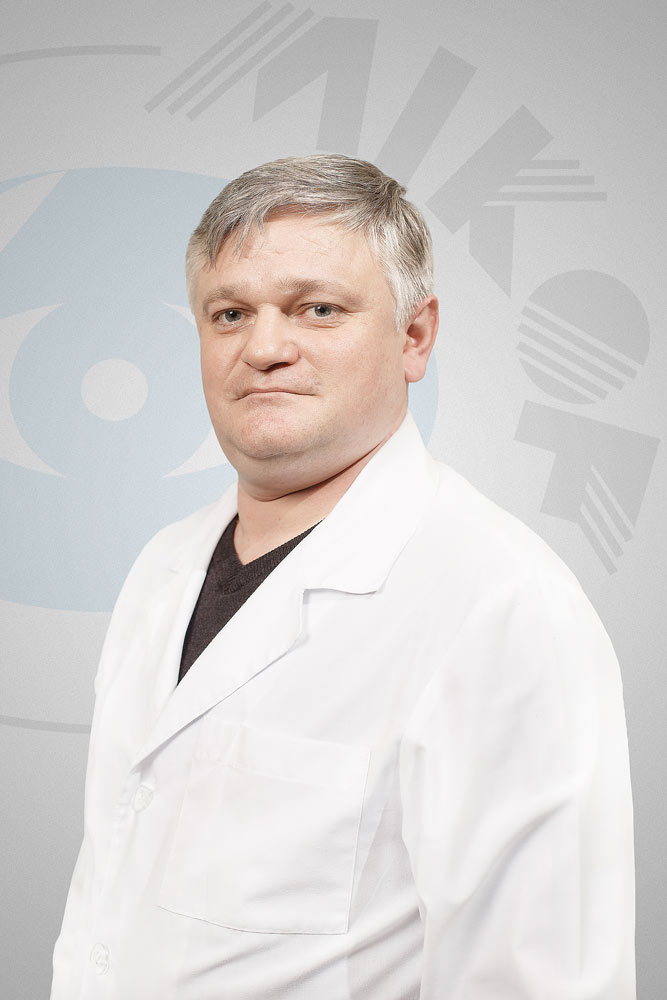The lens is a clear lens. But it happens that he becomes cloudy. A disease that causes clouding of the lens is called cataract.
Changing the transparency of the lens prevents the penetration of light rays into the eye, and the person’s vision deteriorates. Cataracts can affect the entire lens or only part of it.
There is a common belief that cataract is a constantly growing and covering the eye film. This is not true. The appearance of cataracts cause irreversible changes in the lens itself. The disease can occur in one or both eyes, but does not pass from one eye to the other. The development of cataracts is not associated with excessive visual stress. Her appearance does not mean that you are threatened with complete blindness.
Why does cataract develop?
The causes of cataracts are various: it can be an injury, an age-related malnutrition of the eye tissue, radiation exposure, diabetes, some eye diseases (such as glaucoma) or hereditary characteristics of your body.
Most often, cataracts appear during the aging process of the body, which leads to an increase in the density of the lens and its clouding. Such cataracts are called age-related, or senile. They can occur at the age of 45 years. Cataracts can also develop in childhood, in which case it is called congenital.
After an eye injury, clouding of the lens can occur at any age. A strong blow, cut, puncture, thermal or chemical burn can lead to traumatic cataracts.
Particularly distinguished is a diabetic cataract that occurs as a complication of diabetes. It is characterized by the rapid development of opacities in the lenses of both eyes.
Symptoms of Cataract
Depending on the size and location of the clouding area in the lens, you may notice - or, conversely, not suspect - that you are developing cataracts.
If cataract is located on the periphery of the lens, then subjectively you will not feel any changes in vision. The closer to the center of the lens there is clouding, the more serious the vision problems become.
You may notice that the objects around are not clearly visible, with blurry contours, especially in bright light. The image begins to double. Often there is photophobia. One eye can see better than the other. The pupil, which usually looks black, may turn white or become yellowish.
These phenomena, amplifying, force you to increasingly change points for stronger ones.
Diagnostics
Be sure to consult a doctor! Only a specialist can determine if you have a cataract.
The examination is completely painless. At the center Microsurgery of the eye with the help of special equipment, the doctor examines your eyes and determines the type, shape and place of changes in the lenses.
During the diagnosis, you will also determine visual acuity, measure intraocular pressure, examine the field of view, perform ultrasound and electrophysiological studies of the retina.
Treatment
The only way to treat cataracts is by surgical removal of a cloudy lens. Do not believe that any drops, special glasses, diet or exercise will help you get rid of this disease.
Today in the center of Microsurgery of the eye, the method of operation has been worked out in detail, doctors have the most advanced equipment, and in the vast majority of cases, the operation gives a positive result.
Do not worry, trust your doctor. After the operation, you can return to normal life: work, read, watch TV, etc. Unfortunately, if you have concomitant diseases of the optic nerve or retina, the effect of the operation may be reduced.
Operation
During the operation, the surgeons at the Eye Microsurgery Center will replace your clouded lens with a completely different, reliable and perfect lens, no worse than a natural one.
In the period of preparation for the operation, a few days before it, routine blood and urine tests, an electrocardiogram are performed, and examinations are performed at the dentist, otorhinolaryngologist and therapist.
The absence of acute inflammatory processes in your body and exacerbation of chronic diseases is the key to the success of the upcoming operation.
On the morning of the day of surgery, drops dilating the pupil are instilled into the eye. You may also be given a mild sedative to help you relax and not worry.
The surgeon, his assistant, the operating nurse, the anesthetist and the nurse anesthetist will be in the operating room with you. The modern methods of anesthesia used at the Eye Microsurgery Center completely eliminate pain. Cataract removal is performed under an operating microscope.
The operation is performed as follows: after conducting local anesthesia and ensuring the immobility of the eye, an incision is made with microsurgical instruments.

















